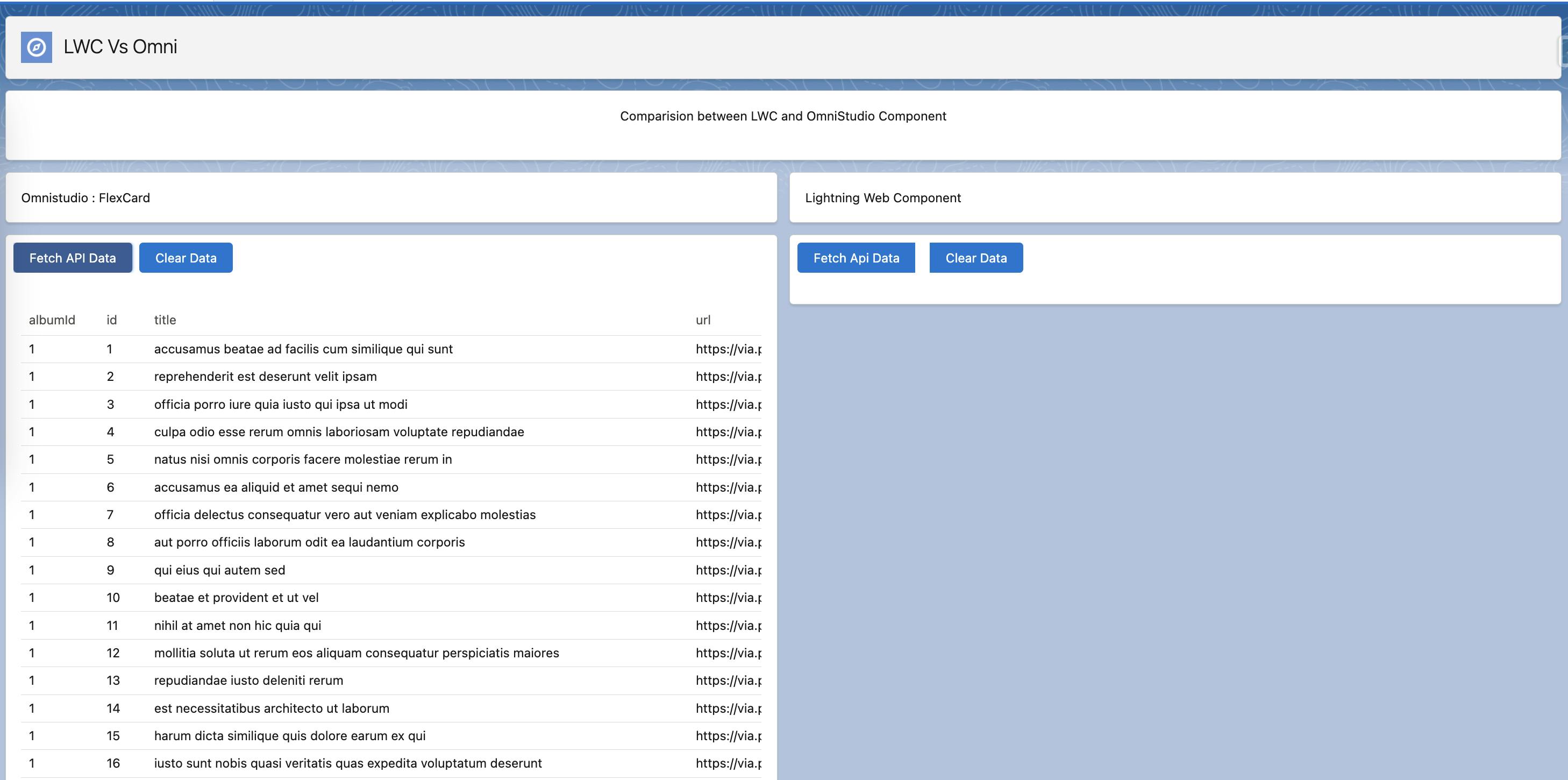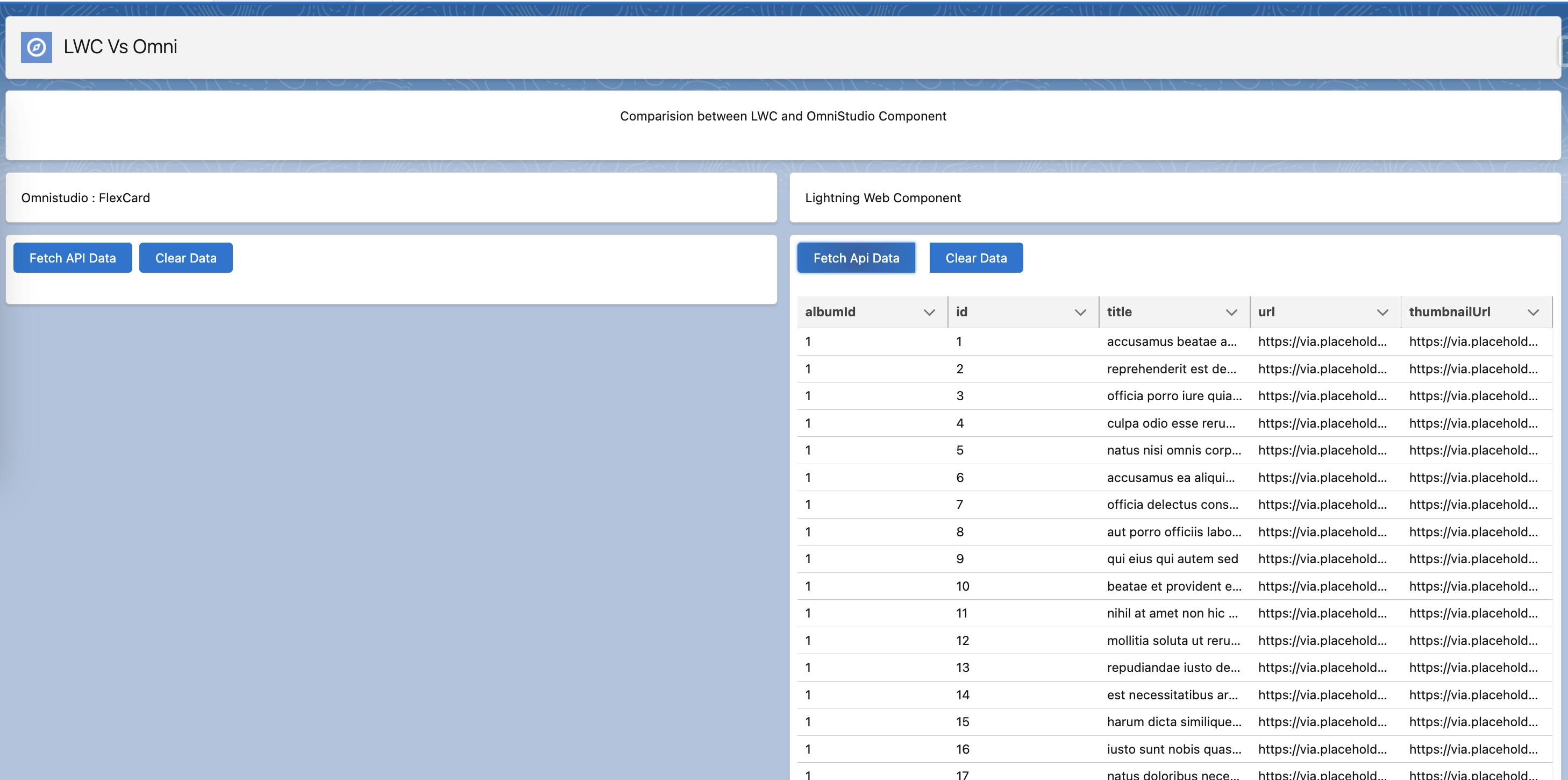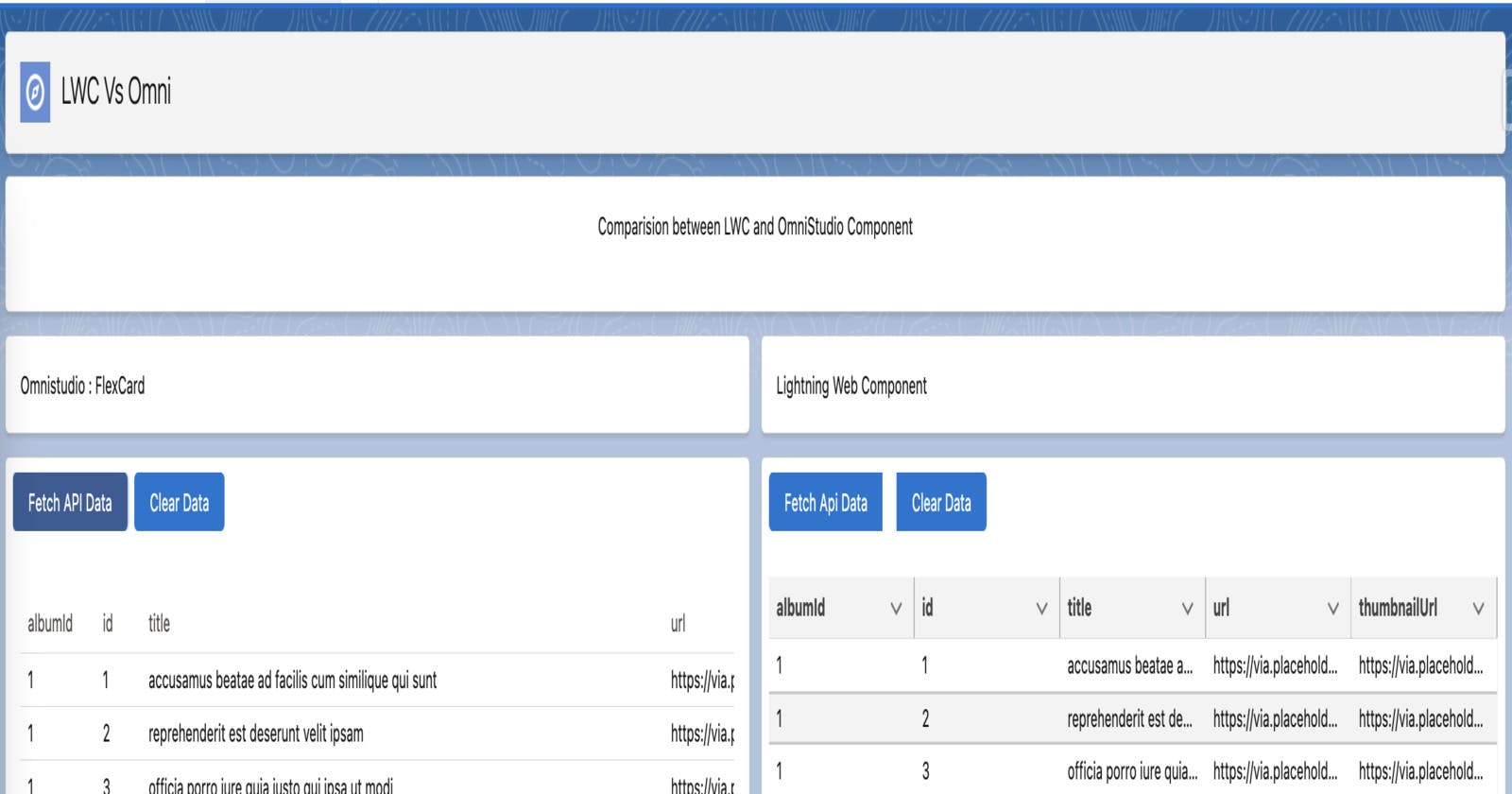Comparing FlexCard and Integration Procedure to LWC and Apex Controller: An In-Depth Analysis Supported by Hard Facts
Introduction
In the constantly changing Salesforce universe, developers and admins are always making choices that affect how well their apps run, how easy they are to keep up, and how smoothly they can be built. One big choice is picking the best way to build things. This blog post dives into the showdown between FlexCard and In-Platform (IP) solutions against Lightning Web Components (LWC) and Apex Controllers. We're going to look at what each option is good at, where they fall short, and when you might want to use one over the other.
Understanding the Contenders
FlexCard and IP Solutions
FlexCard and IP solutions are all about making things easy and quick in Salesforce. Think of FlexCard as a cool way to whip up dynamic, data-packed cards in the UI without needing to dive into code. And IP solutions? They're like your Swiss Army knife within Salesforce, giving you tons of built-in tools and features to tweak and automate stuff to your heart's content. People love these options because they're super straightforward to set up, use, and change on the fly.
LWC and Apex Controllers
Now, flipping over to the techier side, we've got Lightning Web Components (LWC) and Apex Controllers. These are for the folks who love to get their hands dirty with code. LWCs are all about using the latest web tech to build slick, speedy web components. And Apex Controllers? They're your go-to for running all the complex logic your Salesforce app needs. This duo is a powerhouse for creating highly efficient, customizable, and control-freak-friendly applications and UIs.
Evaluating the Differences
Performance and Efficiency
When we talk about speed and getting things done efficiently, LWC and Apex Controllers usually steal the show. This is especially true when you're dealing with complicated data stuff or you want your user interface to be super interactive. Thanks to the latest web tech, LWCs are quick and slick, making sure users have a smooth ride, even when the app is juggling a ton of data.
Development Flexibility and Ease of Use
Now, if we're looking at how easy it is to get things up and running, FlexCard and IP solutions are pretty cool. They let both admins and developers tweak and tune Salesforce apps without having to dive deep into coding. This is super handy when you're on a tight schedule or you just want to keep things simple and move fast.
Maintenance and Scalability
On the maintenance front, going with something like FlexCard and IP is kind of a breeze since Salesforce's own infrastructure takes care of the heavy lifting, keeping everything up to date. But, if we're talking about growing and adapting over time, LWC and Apex Controllers have the upper hand. They're built to handle complex, changing needs that the more straightforward solutions might not be able to keep up with.
Use Case Considerations
When deciding between FlexCard/IP solutions and LWC/Apex Controllers, it really comes down to what your project needs. If you're working on something simple that needs to be up and running quickly, FlexCard and IP solutions are your go-to. They're perfect for getting things done fast. But, if you're diving into something that needs a fancy user interface, has to juggle complex data, or needs to talk to other systems, LWC and Apex Controllers are where it's at. They give you the control and power you need to handle the tough stuff.
Hard Evidence: Performance Compared
In our journey to figure out the best way to develop stuff in Salesforce, real-life examples really help make the case. So, I decided to run some tests to see how both FlexCard/IP solutions and LWC/Apex Controllers actually perform. I set up scenarios that a typical Salesforce app might run into, like grabbing posts, comments, and photos, with different amounts of data.
Here's a table that breaks down what I found.
NOTE : Results are based on running 5 cycles for each test in incognito mode to ensure no cached data influences the results.
| API | Number of data to be displayed | Performance (Apex + LWC) | Performance (IP + FlexCard) |
| /posts | 100 | 200-250 ms | 300-350 ms |
| /comments | 500 | 300-400 ms | 500-550 ms |
| /photos | 5000 | 600-700 ms | 1800-2000 ms |


The numbers don't lie: the more complex the data gets, the bigger the gap in performance between the two methods. Take the /photos endpoint as an example. It was all about fetching and showing off 5000 items. Here, LWC and Apex Controllers did the job in about 600-700 ms, while IP and FlexCard were way behind, taking 1800-2000 ms to catch up.
So, what's the takeaway for folks working with Salesforce, whether you're coding away or running a business? If your app needs to be quick on its feet, handling lots of data smoothly, you'll probably want to stick with LWC and Apex. But if you're dealing with less data or your app is more on the simple side, the user-friendliness of IP and FlexCard might just tip the scales in their favor.
As Salesforce keeps growing and changing, keeping an eye on these kinds of insights helps us make sure our development game is in line with what businesses and users need.
Conclusion
Both FlexCard/IP solutions and LWC/Apex Controllers have their cool perks and some downsides when it comes to Salesforce development. It's all about weighing what your project really needs and what you're aiming to achieve. Pick the path that fits your goals the best, and you're on your way to creating an awesome and lasting Salesforce app.
